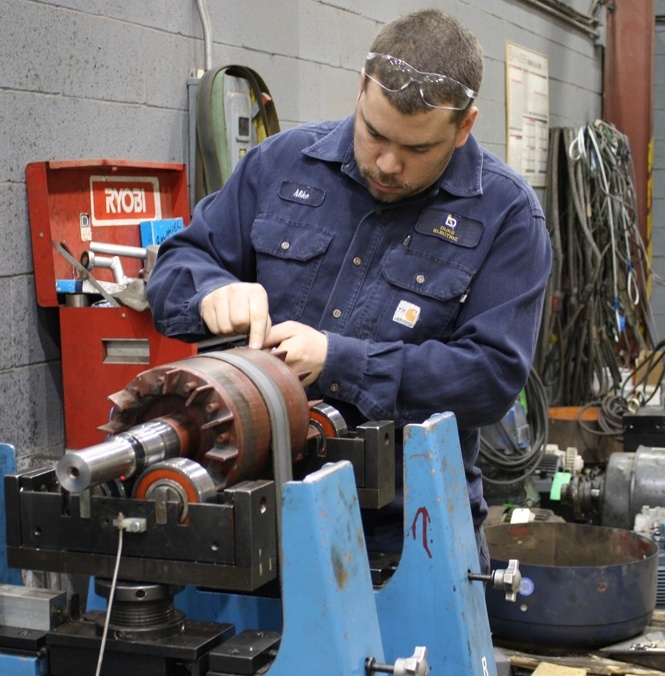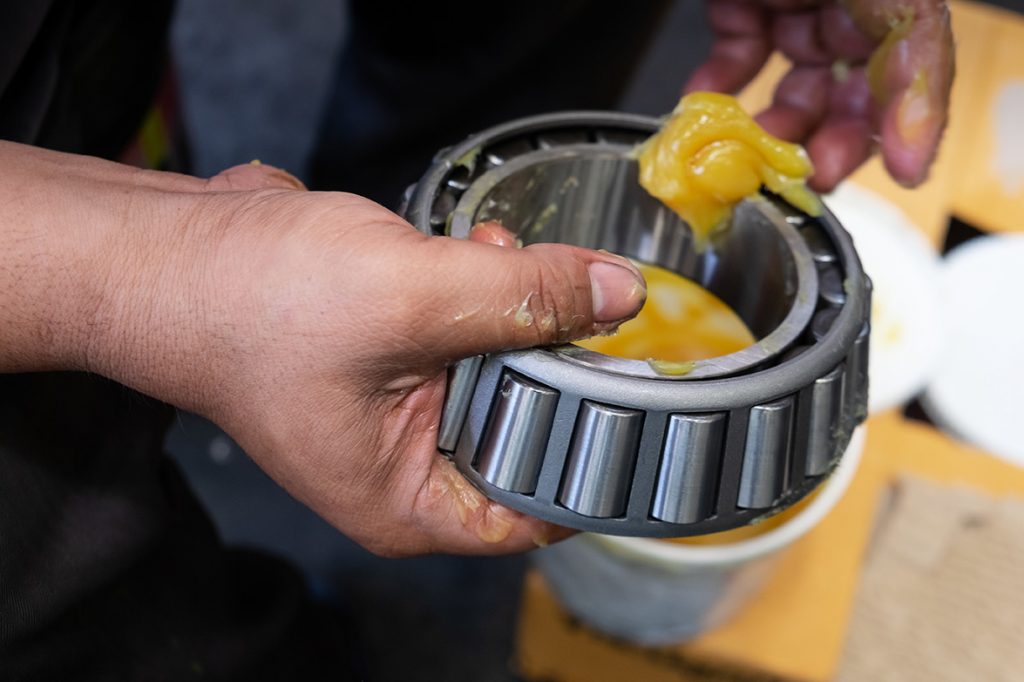How to send electric motors to a repair shop: Insider tips November 5, 2020
Most of the time, we pick up motors from our customers, following strict protocols to ensure they arrive alive (or at least no more dead than they were before they were loaded onto the truck.) If you’re sending a motor to a repair shop yourself, or are supervising a third party’s pickup, these insider tips will make sure it’s done right.
First, make sure you’re shipping the correct motor. Don’t laugh. We’ve been asked to take the wrong motor before, simply because the person at the loading dock wasn’t familiar with the job. If we hadn’t compared the motor we were supposed to load with the description of the motor we were picking up, we’d have been making a return trip to switch them out.
If you’re lifting a large fabricated frame motor, make sure to lift from all four corners with the load evenly distributed. Lifting from two diagonal corners will twist the frame. The result? An uneven air gap and soft feet. (Both of these are causes of motor failure. Don’t make your problem worse than it already is by lifting improperly.)
Position a motor with a large stator on the truck bed just ahead of the rear axle, and center it side-to-side.
Need Motor Repiar Now?
Our CSA-Certified repair facility can help you get back up and running.
Ship vertical motors vertically. They’ll be tall and precarious. A truck with a hole in its bed just forward of the rear axle will allow a vertical motor to rest on its bottom flange without the risk of a longer shaft resting on the differential, which wouldn’t be good for the motor. Drain the oil in a vertical motor to prevent splashing and wicking.
When shipping vertical motors, plan the route and pay attention to overpass heights. Add the motor height plus truck bed height, then add 6” for safety in case the motor was to catch air on a bump. Okay. Revise that. A well secured load and careful driver should never catch air.
Use boards (2x4s often work) to block the shaft of sleeve bearing motors. Blocking is as simple as building a 3-sided box around the shaft if there’s no coupling. When there’s a coupling installed, fit a board tightly between the end bracket and back of the coupling after thrusting the shaft fully towards the drive end.
Avoid bearing damage from rough roads when shipping ball or roller bearing motors by reusing conveyor belting under the motor to lessen vibration.
Secure the motor according to loading regulations.
Finally, tarp the load, regardless of how resistant to water infiltration the motor is supposed to be.
A big thanks to Chuck Yung and his EASA article on motor shipping. Advice from geniuses like Chuck is one of the perks of EASA membership!







